Guitar Effects 101: Choosing the Right Pedalboard Order
Author: Adam C Smith
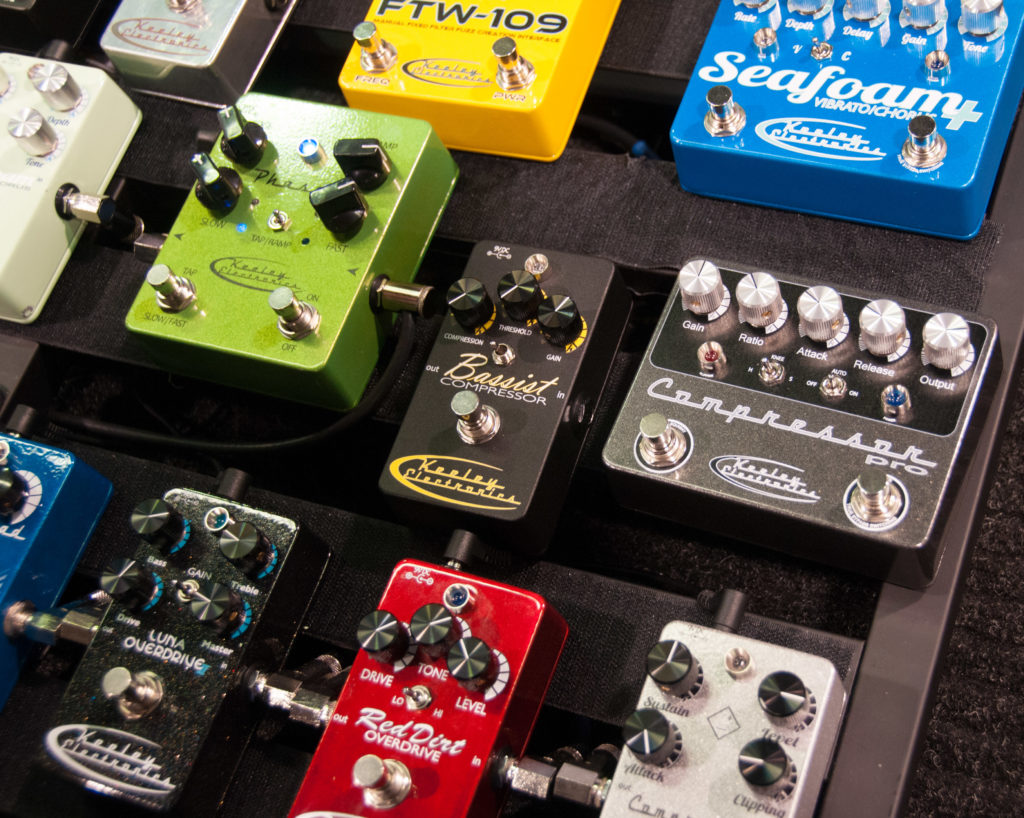
Table of Contents
Guitar Effects 101
Choosing the Right Pedalboard Order
Last week we talked about choosing the right “Guitar Effects to Expand Your Sound” with sub-topics of “Guitar Effects Used By Your Favorite Pro Guitarists” and “Guitar Effects To Use For Each Music Genre”. Now that you’ve hopefully acquired some pedals of your own, there is another important topic that greatly influences the outcome of your tone – your pedalboard order.
At first this may seem trivial, but a little experimentation reveals that each effect reacts very differently depending on how the original signal has been altered by previous effects in the signal chain. Initially, this can seem rather frustrating; a pedal that sounds awesome on its own can turn your sound into a real mess when combined thoughtlessly with other effects. I’m going to go into the basics of signal flow and cover the fundamentals of setting up a great sounding pedal board. As you would expect, there isn’t any one “correct” way of doing things. You may find that changing the order gives you a completely unique sound, and that’s great. However, if you’re sorting it all out for the first time, this is a good way to start ordering your pedalboard.
1. Most Guitarists Put Their Drive Pedals First
Overdrive, Distortion, Fuzz & Boost Pedals
Generally, guitarists with an array of pedals like to put their drive pedals first. This includes your overdrive, distortion, fuzz, or boost pedals. Some guitarists have more than one of these, and they usually go at the beginning of your chain. The reason for putting them first in your pedalboard order is because you will be distorting or boosting the purest version of your guitar tone. Putting a delay pedal before distortion means that the echoes from the delay pedal would themselves become distorted, resulting in an unnatural and messy sound. If you’re using an overdrive and a boost, it’s wise to put the boost first – that sends a stronger signal into the overdrive to get the most out of it.
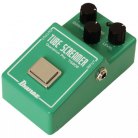
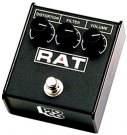
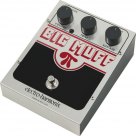
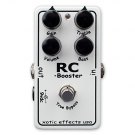
2. Wah & Equalizer (EQ) Pedals
Second in your chain are usually wah or EQ pedals. These tend to do well when directly affecting a distorted signal, and without much else in the mix. If you plan on using a compressor you have a choice: for a more natural rock tone, the compressor works best right after the distortion or wah/EQ effects. If you’re going for that thick classic country sound however, try putting your compressor right at the end of the chain so that it squashes everything.
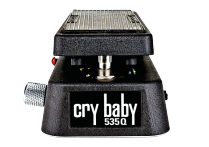
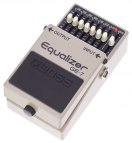
3. Modulation Effects
Phasers, Flangers, Chorus & Vibrato Effects
After the wah or EQ, try throwing in your phasers, flangers, chorus or vibrato effects. Because they’re following overdrive/distortion, wah and EQ, you will find that modulation effects gain a richer and more complex sound than they would have on their own or toward the front of your chain. But annoyingly, putting them right at the end of your chain can also be somewhat limiting because these types of effects tend to overpower others that go before it. Modulation effects work best right in the middle of the effects sequence.
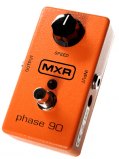
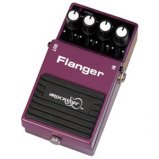
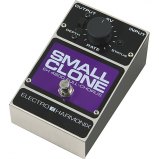
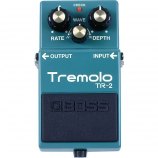
4. Time Related Effects
Delay & Reverb
If you’re using temporal effects such as delay and reverb, these generally work best at the end of the chain. Putting a delay at the end allows the effect to give a more natural echo to everything that comes before it; the echo itself will not be altered by other effects. The same applies for reverb. Most guitarists leave reverb as the very last effect, occasionally using the amp’s in-built reverb over a pedal. Amps that have onboard reverb usually use a spring unit which produces a shimmery twang that works well for many types of music. However, if you’re looking for a roomier type of reverb that emulates a giant concert hall, a pedal based reverb is probably what you’re looking for. Either way, putting reverb at the end of the chain provides a spacious, natural tone that simulates a cavernous echo.
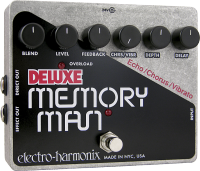
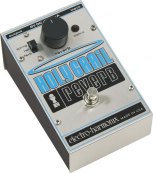
5. Experimentation is Strongly Encouraged
As always, experimenting with your pedalboard order is strongly encouraged. Given the countless effects pedals that are currently available, it can take quite a long time to figure out what works best, and in which combination. But this effect order should provide a great jump-off point for getting your effects to play well with one another.
I get a lot of questions from concerned effects enthusiast about “true bypass” effects and how important that feature is to your sound. In the next column I’ll spend some time discussing the pros and cons of “true bypass”, and why you should or shouldn’t care about it.
Still confused about pedal boards? Here is your best lesson and some words of wisdom from the God of guitar himself – Steve Vai.
If you are a DIY kind of guitar player and like to build stuff on your own, then check out this fantastic video from Guitar World on – How to Build Your Own Pedal Board at Home.
Learning how to use pedals and arrange your zoom pedal board order can help immensely when learning areas of the guitar. Some riffs, like “Voodoo Child,” are not the same without a wah pedal! However you need the technique and the music theory knowledge, sometimes, to play these riffs correctly. So please look over our free blog for any topics you’re still shaky on. We have articles on topics as varied as the key of dm for guitar, angus young’s gibson sg special marshall amp, as well as discussions on the best youtube guitar lessons for rock.
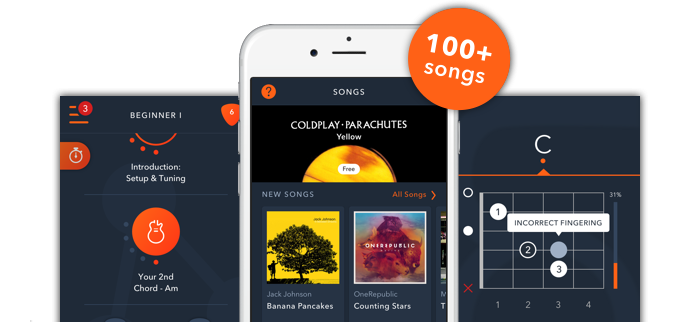

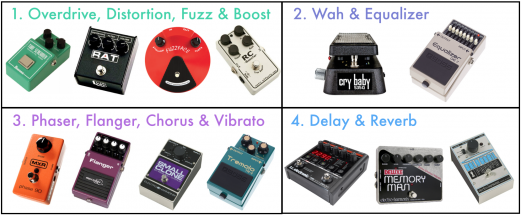

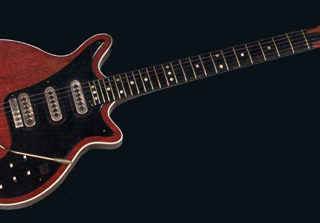
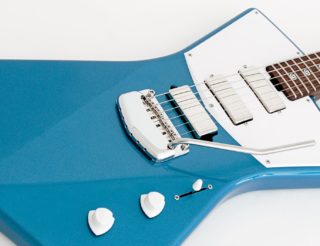
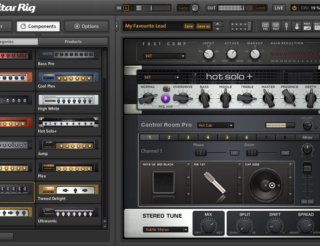


Good article… As for me, I have mine like this:
Tuner, Comp, Wah, Pog, Whammy, Drive, Dist, Fuzz, Boost, Volume, Trem, Delay, Reverb, and Eq. But, hey, that’s my way! Very helpful article btw! ;)
I have an old Zoom 505 all in one pedal plugged into the clean channel of my Peavy Scorpion 2-12 amp. I’m using the distortion, chorus, reverb, delay, etc. programmed from my pedal. I want to add my Crybaby wah so it’s just a matter of easily just switching the order of both pedals and see what works best. Until I upgrade, it should be simple. Here we go. Thanks.
I still use my zoom 505 on my pedalboard. It now mainly functions as a tuner, but I have zeroed down many of the channels and isolated fx. My F and A.are blank (in case I step out of tuner mode), but C1-C4 I have as varying strengths of Chorus, .D=delay, etc.
I have a amp with fx built in … Just wanted 2 c how it compared 2 pedals.
Pedals allow instant variables, with built in effects you have to dial it in every song, I can turn on a chorus on the verse add fuzz on the hook and manage combinations in real time, much more flexible. Also boutique pedals like earthquaker devices and Devi Evers create much more complex sounds within each pedal, it really helps when u are trying to cultivate your own sound.
Very informative article! If you’re using temporary results such as wait and reverb, these usually perform best at the end of the chain.
As for me, I have my Guitar going to my tuner going to my Amp. All other pedals are on the FX loop before the PreAmp and After the PwrAmp – Noise Gate, Overdrive, Fuzzface, Wha In this order
I believe you mean after the PreAmp and before the PwrAMP. I’m surprised you like the sound of OD and Dist in the FX loop.
Why do you put your distortion and OD in the effects loop? Doesn’t it sound like doodoo?
please tell me if i can use a plectrum to play a classical guitar. i am mainly trying to learn to play blues and classic rock. which guitar do u think will sound more appropriate?
Ideally, a steel string acoustic guitar or an electric guitar would be the best for you if you want to learn to play blues and classic rock. Classical guitar because of its nylon strings and its warm tone is best played by fingers. If you need help in what kind of guitar to buy, check out our article on different kinds of guitars available for beginners, this might help:
https://www.uberchord.com/blog/types-of-guitars-to-buy/
I’m a beginner in the whole organizing pedals thing, and I was wanting to make the orders of them you’re recommended Is coming from the amp, right.
No they are suggesting order from the guitar… Not from the amp
I just begin to play guitar on this week. Your guiding is very clear and easy to follow
Thank for sharing your knowledge
I put my wa first into comp into my over d into my delay
Yup, always have been told to put the Wah first. Not that any of this is chiseled in stone, though. Some spacey effects can be had by switching pedals around. Fuzz before wah sounds great.
Thanks for sharing… just one point. In the Modulation Effects section (3), you are showing an image of a BOSS TR-2 Tremolo pedal, with the caption ‘Vibrato’. These two effects are often confused.
Vibrato is Pitch modulation in a waveform. Tremolo is the modulation of the volume of a note.
Hello, Good stuff. I can’t wait to read more of your work.
My sound is pretty clean with no overdrives or distortion. Besides a tuner and a volume pedal, I use a delay and a reverb pedal (TC Electronics) and I have a freeze pedal as well (EH Superego). I’m never sure if the freeze pedal should come before or after the delay and reverb. By trying both options I can’t really hear a difference in the overall sound which I guess is fine. Any thoughts or recommendations are welcome.
Steve Vai says in the video – if he were to run all effects on the front of amp (no effects loop) he would run delay early on the chain. He lives delays and doesn’t want distortion in front.
Experiment. I run guitar>wah>delay>Reverb>boost>fuzz>distortion>flanger>rc30 looper>tuner. Works for me and I get great crisp delays.
My husband and i felt now lucky that Raymond could round up his research out of the ideas he came across using your web site. It’s not at all simplistic just to choose to be giving freely strategies people today may have been making money from. And we also figure out we’ve got you to be grateful to for that. All of the explanations you made, the easy web site menu, the relationships you help instill – it’s most sensational, and it’s really letting our son in addition to us believe that that situation is pleasurable, and that’s extremely important. Thanks for everything!
Article is wrong. Wah first. Filter effects before drive/dirt. A Wah input wants to see you guitar directly. Filter effects go before drive/dirt. Modulation effects after.
Neither way is “wrong”, just the way one prefers it.
As a DIY guitar player looking to create a pedalboard setup, getting the right order for your pedals is essential to achieving the best sound and functionality. The order in which you arrange your guitar parts can greatly impact your tone and how your effects interact with each other. Experimentation is key, and your personal preferences play a significant role. If you find that a certain arrangement works better for your sound, feel free to deviate from the suggested order. Additionally, using patch cables of good quality and considering the power supply for your pedals (to avoid noise and hum) are important factors to ensure a clean and functional pedalboard setup.